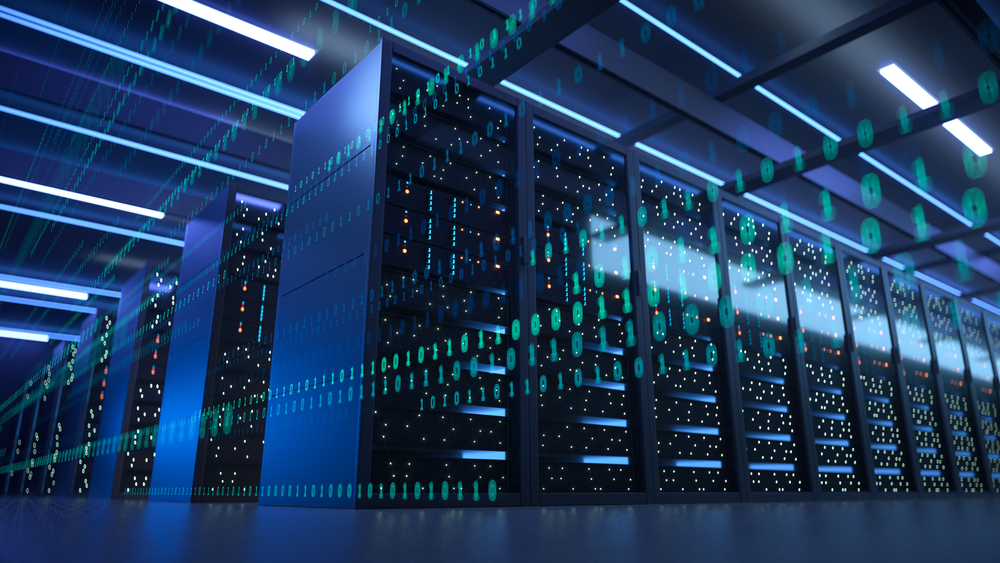In the modern age of technology, computers have become indispensable tools, ranging from the simple tasks performed by personal computers to the highly complex computations handled by supercomputers.
Supercomputers might look like giant versions of the computers we’re used to, but they are fundamentally different, both in how they function and the tasks they are built to perform.
What are Supercomputers?
At their core, supercomputers are machines designed to process vast amounts of data at astonishingly high speeds. Where regular computers may handle tasks like running applications, browsing the internet, or managing files, supercomputers can be employed for more complex tasks.
They are typically used by research institutions, governments, and industries to solve problems that involve simulations, weather forecasting, nuclear research, and complex calculations for artificial intelligence.
Unlike regular computers, which typically operate with a single central processing unit (CPU) or a handful of cores, supercomputers can consist of hundreds of thousands of interconnected processors working in parallel. This allows them to perform trillions of calculations per second, a capacity measured in FLOPS (floating-point operations per second)
Key Differences Between Supercomputers and Regular Computers
While both supercomputers and regular computers perform calculations, their scope and scale of operations vastly differ. Here are five key points that outline their major distinctions:
- Processing Power: Supercomputers perform millions to billions of operations simultaneously through parallel processing, whereas regular computers handle a few tasks at a time, optimized for everyday use
- Storage and Memory: Supercomputers have enormous memory systems to store and process vast datasets. A personal computer might have up to a few terabytes of storage, while a supercomputer can access petabytes of memory.
- Cost and Maintenance: Supercomputers are expensive to build and maintain, often running on specialized infrastructure in climate-controlled environments, while regular computers are affordable and designed for individual use.
.
How Do Supercomputers Work?
To understand how supercomputers work, imagine breaking down a massive task into tiny, manageable pieces and then assigning each piece to different parts of the computer to be processed simultaneously.
This is called parallel processing. Supercomputers excel at splitting complex problems into smaller, parallel operations, which allows them to solve enormous problems in a fraction of the time it would take a regular computer.
For instance, when supercomputers simulate weather patterns, they divide the atmosphere into millions of small sections, each representing a different variable like temperature or air pressure.
These sections are then computed simultaneously to forecast the weather across large regions. Even at their best, regular computers would take years to perform such a calculation.
Supercomputers also use specialized cooling systems, as the immense heat generated by their processors needs to be efficiently managed. In contrast, regular computers rely on smaller, simpler cooling solutions such as fans.
Advantages of Supercomputers
Supercomputers are used for various cutting-edge applications. One of their primary uses is in scientific research, where they simulate everything from the behavior of subatomic particles to the dynamics of entire galaxies.
Industries such as pharmaceuticals use supercomputers for drug discovery, testing how molecules might interact with the human body long before real-life testing begins.
Regular computers cannot process the intricacies of this task due to its sheer complexity, but supercomputers can analyze protein structures and predict how they fold with impressive accuracy.
Pros and Cons of Supercomputers
Like any technology, supercomputers come with their own set of advantages and limitations.
Pros:
- Unmatched Speed: Supercomputers perform calculations at speeds that are impossible for regular computers. This allows for breakthroughs in fields like artificial intelligence and physics.
- Massive Data Handling: Supercomputers can manage, store, and process enormous datasets, making them indispensable in the research and analysis of big data.
- Simulation Capabilities: From modeling the universe to forecasting weather patterns, supercomputers can simulate complex processes that are beyond the reach of regular computing.
Cons:
- High Costs: Supercomputers are expensive to build, operate, and maintain, requiring large amounts of electricity and specialized infrastructure.
- Energy Consumption: Due to their processing power, supercomputers consume vast amounts of energy, making them less environmentally friendly compared to regular computers.
- Specialized Use: Supercomputers are highly specialized and cannot be used for everyday tasks. They are designed for specific, large-scale applications.
Conclusion
Supercomputers represent the pinnacle of computational power, designed to handle tasks that regular computers simply can’t manage. They play a critical role in advancing fields like scientific research, medicine, and climate science.
While they are incredibly powerful and fast, their high cost and specialized maintenance limit their usage to organizations with specific, large-scale needs.
In contrast, regular computers remain the go-to option for individuals and businesses that need accessible, versatile, and cost-effective machines.

